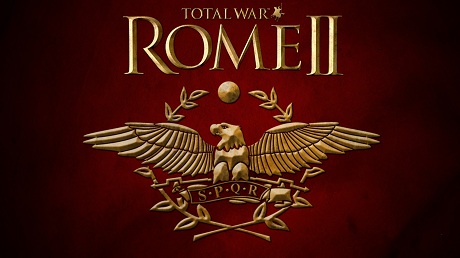Assault Dieres - Roman Swordsmen
With a ramming attack that can break an enemy hull, these ships are deadly weapons.The sword does not care for wealth, only blood.
The waterline ram was first mounted on a vessel in around 850BC. Warships and naval tactics were transformed. Ships were no longer platforms for infantry battles on the water; the ship itself became the weapon. Galleys changed as the new reality sank in. Ramming at speed would hole and sink an enemy, therefore slimmer, faster, handier ships were required. More speed on demand obviously required more oars a fast ship with a single row of oars ended up being stupidly, impractically long. The solution, then, was to put in a second set of oars above the first, but slightly offset to allow for rowers' benches. These biremes, a Latin word meaning 'two oars', or dieres, the Greek equivalent, were no longer than previous designs but had twice the number of rowers. They were fast, manoeuvrable, and could carry a fighting contingent. Some nations also gave their bireme crews fire pots; these clay pots filled with oil and pitch were hurled at enemy ships in the entirely reasonable hope of setting them ablaze.
(Roman Swordsmen)
In its earliest times, when Rome consisted of several, separate hilltop settlements, there was no Roman army as such. Instead, warbands were fielded by the various Latin clans. In this era, Roman warfare tended to mean small-scale raiding and cattle-rustling against other clans and neighbouring hill tribes, such as the Sabini and Aequi. However, critical changes to its army during the 6th century BC saw Rome embracing Greek-style hoplite equipment. Romulus himself is said to have raised ten centuriae, each consisting of one hundred men from one of Rome's original founding tribes. When the Roman monarchy was replaced by the Republic around 500BC, the army was divided into two royal legions, each comprised of 3000 hoplites, supported by an equal number of javelinmen and cavalry. According to Livy, in the early 4th century BC Marcus Furius Camillus made further important military reforms, instituting pay for levied troops and standardising legion sizes.
Unit Name Assault Dieres - Roman Swordsmen |
Main Unit Key inv_rom_assault_raider_swordsmen |
Land Unit Key inv_rom_roman_swordsmen |
Naval Unit Key greek_two |
Soldiers 60 |
Category Light Ship |
Class Melee Ship |
Custom Battle Cost 270 |
Recruitment Cost 270 |
Upkeep Cost 54 |
Ship Health 501 |
└ Ship greek_two |
Ship Speed 6 |
Melee Attack 20 |
Weapon Damage 34 |
├ Melee Weapon rome_generic_sword |
├ Melee Damage Base 30 |
├ Melee Damage Ap 4 |
├ Armour Piercing No |
├ Bonus vs. Large 0 |
├ Bonus vs Elephants 0 |
└ Bonus vs Infantry 0 |
Charge Bonus 10 |
Melee Defence 35 |
├ Base Defence 20 |
├ Shield hoplite_cav |
└ Shield Defence 15 |
Armour 60 |
├ Armour chest |
├ Armour Defence 25 |
└ Shield Armour 35 |
Health 50 |
├ Man Entity rome_infantry_light |
├ Man Health 40 |
└ Bonus Hit Points 10 |
Base Morale 35 |
Abilities
Assault Dieres- Row Hard 10
Increases speed for 10 strokes.
Ship speed
Attributes
- Hide (forest)
This unit can hide in forests until enemy units get too close.
Strengths & Weaknesses
Assault Dieres- Very poor hull strength
- Very light crew
- Fast speed
- Weak ramming
- Good boarding
- Good attack
- Average defence
- Average damage but low armour penetration
- Normal morale
| Garrison Buildings | |
|---|---|
|
Port
(inv_rom_port_1) Level 0
Civil Docks
(inv_rom_port_civil_3) Level 2
Military Wharf
(inv_rom_port_military_2) Level 1 |
|
|
Civil Port
(inv_rom_port_civil_2) Level 1 |
|
| Faction Availability | |
|---|---|
| Rise of the Republic | |


 Français
Français Italiano
Italiano Deutsch
Deutsch Español
Español Русский
Русский Čeština
Čeština Polski
Polski Türkçe
Türkçe 简体中文
简体中文 正體中文
正體中文 日本語
日本語
